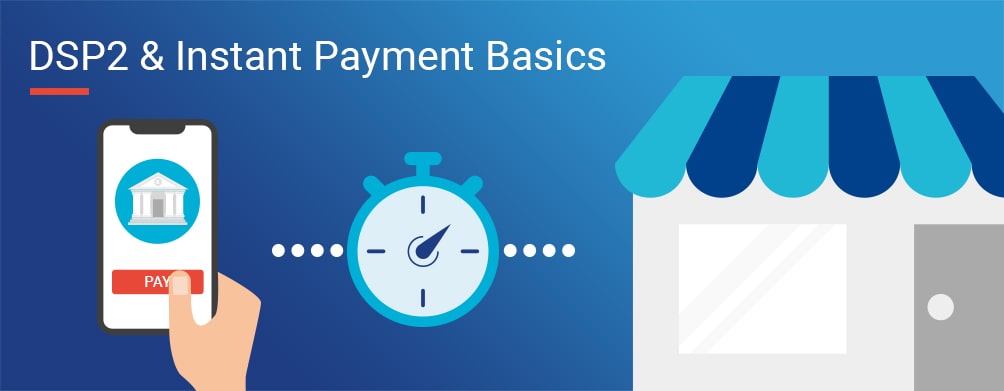You have probably heard a lot about Instant Payments these days, but do you know how it works behind the scenes? It used to take 48 hours to receive funds. Now it’s less than 10 seconds. How is that possible? Who is involved in making the magic happen?
Let’s dissect this 10-second journey to see what goes on behind the scenes of an Instant Payment transaction.
Payment initiation by the payer
The payer, who can be an individual or a company, initiates an Instant Payment towards another account.
Initiating the payment can be done either through multiple channels: banking portal, merchant’s website, banking app…
Processing by the payer’s bank
When the bank is compliant with Instant Payments, its core banking system is now acting in real-time and 24/7/365. This way, the payment message is processed in real-time. The payer’s bank then forwards the payment instruction to the Clearing & Settlement Mechanism (CSM).
Clearing & Settlement
The request arrives at the CSM, an institution that is invisible to the end-user. Yet, CSMs ensure an essential step in the process of money transfer from one account to another when banks are different.
Basically, the CSM stands between the payer’s bank and the payee’s bank to :
- Clear the transaction, which means updating the accounts of the banks involved;
- Settle the payment, which is the actual exchange of money between the two banks.
Processing by the payee’s bank
The payee’s bank receives a notification from the CSM and then credits the account of the payee with the amount of the Instant Payment transaction. For this to work, the payee’s bank must comply with Instant Payments scheme and support real-time processing and 24/7/365 availability.
Payment reception by the payee
In less than ten seconds, the payee can already see the funds on his bank account, that are immediately available for him to be used.
In contrast to PSD2, a European directive that makes it mandatory for banks to open their systems to third parties, Instant Payment is not mandatory for banks. However, most European banks have updated their infrastructure to enable the emission and reception of Instant Payments, which launched in November 2017, with the pan-European scheme SCT Inst. Find the list of all banks participating in the SCT Inst on the EPC (European Payment Council) website.




